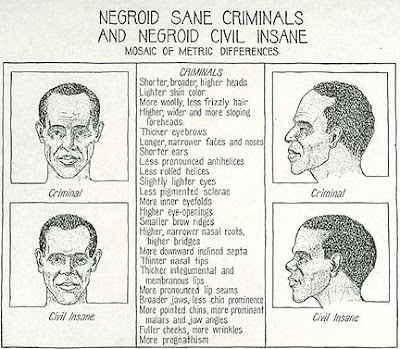What is more important in a child’s value to the state, their genes or their ideas? During the interwar period Nazi Germany and the Soviet Union would have answered that question in contradictory ways even though both countries were attempting a massive increase in reproduction. Hoffman and Timmin in “Utopian Biopolitics” from Beyond Totalitarianism argued that the summation of a child’s value to the state depended on the ideology propounded by the governing party. ((David L. Hoffmann and Annette F. Timm, “Utopian Biopolitics: Reproductive Policies, Gender Roles, and Sexuality in Nazi Germany and the Soviet Union” in Beyond Totalitarianism: Stalinism and Nazism Compared, ed. Michael Geyer and Sheila Fitzpatrick (New York: Cambridge University Press, 2009), 87)) In Germany under the National Socialst party racial hygiene was the most important aspect of the population increase. The Soviet Union desired a larger population built upon the ideology of the socialist party. Both states desired an increased population tailored to their idea of the ideal modern state.
Nazi Germany officially and unofficially influenced the German population to reproduce in order to create “Aryan” children. The repurposing of health centers into eugenics centers counts as only one example of many state sponsored attempts to ensure racial purity among newborns. ((99)) The logical rhetoric that emerged from such gene centric ideas eliminated other social values. The regime, and Himmler specifically, linked masculinity and prowess in battle to virility. Therefore, men were encouraged to engage in intra- and extra-marital intercourse; the only caveat being the child produced must be Aryan. ((Hoffmann and Timm, “Utopian Biopolitics” in Beyond Totalitarianism,106)) Thus the genetic “health” of the child overpowered the traditional, middle class nuclear family structure in Nazi politics. The Soviet Union did the exact opposite in its attempt to raise the next generation of socialists.
The Soviet Union reinforced the nuclear family structure in an attempt to increase the quantity and quality of children produced by socialist couples. Throughout the 1930s the government passed several laws outlawing abortion, establishing strict child support protocol, and, making birth registration necessary with both parents listed. ((Hoffmann and Timm, “Utopian Biopolitics” in Beyond Totalitarianism, 110)) Moreover, the government sponsored studies analyzing the best ways to ensure women’s reproductive health. In the 1920s one soviet doctor concluded that “women would optimize their productivity by having three children, all four years apart.” ((Hoffmann and Timm, “Utopian Biopolitics” in Beyond Totalitarianism, 111)) These factors, combined with the increase of pro-paternity propaganda in theory ought to have increased family size and perpetuated solid, stalinist ideas.
The manner in which modern states attempted to increase population during the interwar period in “Utopian Biopolitics” brings up several interesting questions. Why did neither Nazi Germany nor the Soviet Union experience a drastic increase in birth rates? How much of an effect does state policy truly have on the reproductive choices of its citizens?





